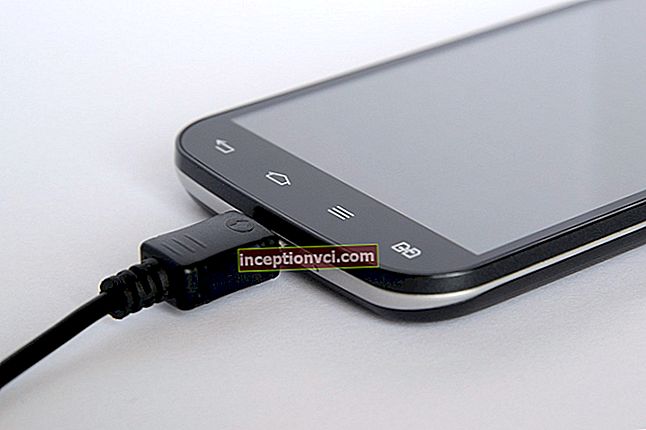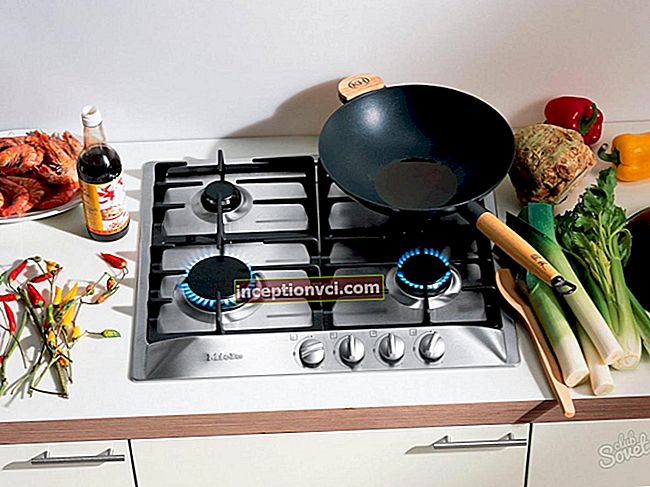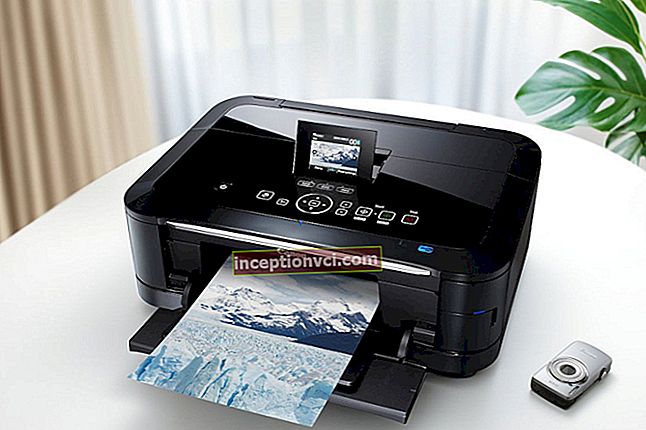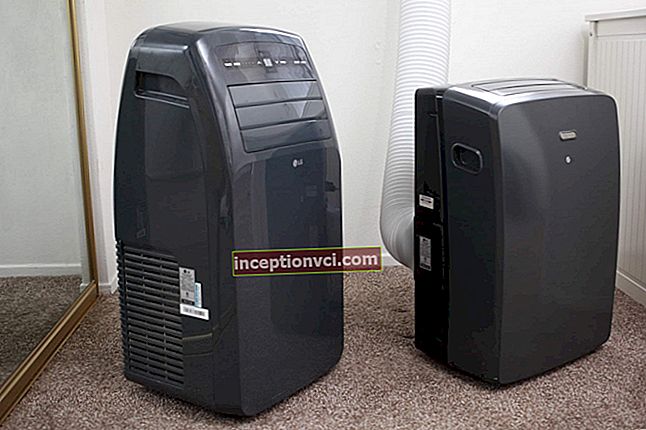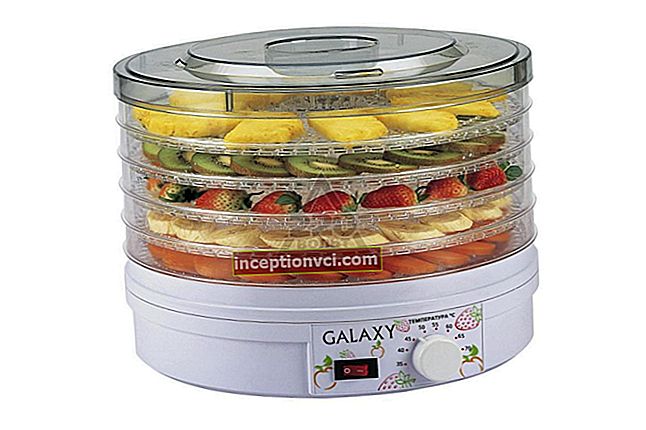Distance with obstacles: chairs, carpet, laminate.
Are your investment costs justified in buying a robot vacuum cleaner? Let's define this by combining four devices worth up to 8200 hryvnia in a fair fight. To create the same conditions for all test participants, we equipped a testing ground with an area of about 3.5 square meters, where robotic vacuum cleaners had to demonstrate all their abilities. Chairs and various objects spread out on the floor were used as obstacles, between which the devices could get stuck. In addition, another small trap awaited the robots: we were interested in which of the test participants would be able to overcome the 9 mm high barrier that formed the carpet laid on the laminate flooring. We were not going to interfere with the work of "smart" assistants, so they all worked in automatic mode.
Performance: precise amount of dust.
To compare the performance of different models, we contaminated the floor surface at our test site. For this, the same amount of dirt and dust was measured with an accuracy of a tenth of a gram, and only then the next participant was released on the battlefield. In order not to make life easier for robotic vacuum cleaners, during the test, we used two different types of garbage. Firstly, for the carpet - finely dispersed dust, which penetrated between the fibers and got stuck there. Secondly, heavier mud, consisting of strong lumps, which scattered over the laminate. With its help, we evaluated the efficiency of the brushes of robotic vacuum cleaners. To complete the picture, we not only measured the amount of dust that got inside the device, but also checked how conscientiously each of the robots approached the task. For this purpose, a certain amount of a special powder that glows under the influence of ultraviolet rays was added to the scattered garbage. This allowed us to accurately assess how well the robot collects dust and dirt from the floor.
IQ-TEST: Brownian motion.
The test showed how intelligently robots make a detour around the room in the process of performing their duties.
To completely remove dirt and dust, the "smart" assistant must understand where to go, develop a strategy and tactics of behavior - depending on the size of the room to clean, the amount and type of furniture in it. In principle, the task should be clear and understandable: to gradually clean all areas of the room, passing lane by lane. The only problem is that there are no empty rooms - they always have tables, chairs and other furniture. This came as a surprise to some of the test subjects, but not to the Roomba 780. It uses an intelligent system of software and sensors to navigate the space and plan the optimal cleaning route.We were amazed at how the Roomba 780 unmistakably sweeps away dirt with the paddle brush and around the edges of long objects such as beds and closets. At the same time, the device may not notice and touch small objects, so it is better to remove fragile unstable things, such as vases, from the floor.
But competitors act differently: they estimate the size of the room, in accordance with this, they calculate the end of work and determine whether they have enough battery power for the entire cleaning cycle or will have to go to refuel. For example, the Philips HomeRun vacuum cleaner is equipped with the latest generation of technology. Among other things, he has a video camera, and infrared sensors, and even a gyrosensor that recognizes the rotational movements of the body. On even, without any obstacles, sections of the trajectory, this robot vacuum cleaner rides confidently and purposefully, deftly avoiding collisions with walls. But chairs and various objects on the floor can interrupt his work: HomeRun starts to repeatedly pass through the same places. In addition, this robot vacuum cleaner was afraid to overcome the "step" formed by the carpet lying on the laminate.
Vacuum cleaners with intelligence.
The other two models, LG Hom-Bot 2.0 and Samsung NaviBot, clean the floor with confidence. While Hom-Bot 2.0 uses video cameras, infrared and ultrasonic sensors for orientation in space, its rival Samsung NaviBot scans the environment with a sensor that captures a 360 ° sector.
At the same time, Samsung NaviBot thinks longer about whether it can cope with the next obstacle, but then it decides and overcomes it safely. True, it was not without troubles: twice, for some unknown reason, this model stopped on an even and free section of the path. In addition, Samsung NaviBot stubbornly ignored the center of the room for some reason, especially the part where the carpet lay. The LG Hom-Bot 2.0 robot vacuum cleaner did not make such mistakes and finished work much faster than competitors.
Quality test: which vacuum cleaner cleans to a shine?
The best tactic of a smart robot vacuum cleaner costs nothing if the dirt remains in place. The dust test shows how well the devices perform their task.
Upon completion of the work, we checked how much dust was inside each vacuum cleaner. In contrast to the trajectory of movement, here all test specimens have the same working method: side brushes direct debris to the hole located in the center of the body, through which suction occurs. Filters in the dust container should prevent dust from returning back into the air. The Samsung NaviBot is even equipped with a washable filter that reliably traps bacteria. This is a very useful device, but this vacuum cleaner is not placed correctly, because NaviBot has the worst suction performance. The same impression was made on us by the work of the Philips gadget, which did not suck up dirt much more efficiently than its competitor. At the same time, the Roomba 780 vacuum cleaner was very surprised: long work allowed it to thoroughly remove all the dust from the floor. The surfaces contaminated with "control debris" as a result of the operation of this robot appeared significantly cleaner compared to the results of competitors.
Does the price match the quality?
The iRobot Roomba 780 is equipped with a pollution sensor - a great idea, which, however, has not yet been brought to mind. Because of this, the vacuum cleaner periodically "hangs" over the problem area and rotates repeatedly to suck in as much dust as possible. In addition, he crosses a path of dust, completely oblivious to it. In the same places that we did not sprinkle with mud, he carefully processes the floor and busily spins in one place for several minutes. Despite everything, the Roomba 780 sucked in more dirt and dust in one cycle than the robots from Samsung and Philips combined. In addition, we noted the presence of one washable filter and sufficient power headroom for extended driving around the room.The overall picture was spoiled by the unusually high power consumption in Slandby mode - 5 watts. However, this does not affect performance during operation. The suction capacity of the LG Hom-Bot 2.0 vacuum cleaner is slightly higher. In general, this particular model showed the best results and took the deserved first place in the test. This robotic vacuum cleaner scored the highest in terms of performance and intelligence and is also the most energy efficient. When buying this model, you can be sure that LG Hom-Bot 2.0 will pass all obstacles in the room without any problems, will not forget hard-to-reach places and will clean the floor.
Run length
Rich equipment in itself is not yet a guarantee of success, since the winner must have the correct strategy of behavior, skillfully navigate the terrain and resolutely overcome obstacles. Some robotic vacuum cleaners lack these qualities. Not only obstacles on the floor can be a problem for a "smart" device - some models hesitate even in front of the edge of the carpet lying on the laminate, and it becomes an insurmountable obstacle for them.
Required running time
Most robotic vacuum cleaners make their own decisions that the floor is sufficiently cleaned. Particularly energetic are the LG Hom-Bot 2.0 and Samsung NaviBot models, which only took about five minutes to run on our test site. Philips HomeRun performed slightly worse in terms of time, and the iRobot Roomba 780 turned out to be the slowest device in the test, which took about 11 minutes to clean.
Room recognition and travel path
Of the robotic vacuum cleaners tested, some adhere to a specific strategy, while others move erratically. The iRobot Roomba 780 is intimidated and resolutely on its way. The LG Hom-Bot 2.0 has some memory lapses, and the Philips vacuum cleaner is afraid of the edge of the carpet and easily panics for any reason.
Efficiency
A good strategy is essential to get around all areas in the cleaned area. However, in the end, only the amount of dust collected during the entire cycle of work matters. The devices tested had to eliminate the maximum percentage of debris prepared for each of them (10 g of dust mixed with 1.3 g of powder that glows in ultraviolet rays). The results of the work were evaluated using a high-precision balance. Additionally, the amount of remaining debris was controlled by illuminating the floor with an ultraviolet lamp.
Low suction capacity
High-precision scales showed us how high-quality the work of the robotic vacuum cleaners was. LG Hom-Bot 2.0 won the victory at this stage, but inside it only had about 27.3% of the scattered amount of dust. For comparison: high-quality hand-held vacuum cleaners (costing about UAH 2,200) are capable of collecting from 99.5 to 99.9% of garbage.
Maximum battery life
Most robots don't last very long on a single charge. And only the iRobot Roomba 780 demonstrates the endurance of a marathon runner, working almost three hours without a break. And this despite the fact that it is equipped with numerous sensors and sensors. But the similar indicator of the LG Hom-Bot 2.0 robot vacuum cleaner leaves much to be desired: video cameras and sensors quickly "drain" the device's battery (it will last for about 1 hour and 15 minutes).
Outcome
The bottom line is disappointing. No matter how smart robots are, they cannot yet replace an ordinary vacuum cleaner, coupled with a human mind and dexterous hands. Despite this, the purchase of such a device may well justify the costs: the apartment will be much cleaner if, during your absence, an automatic dust collector begins to walk around it regularly, drawing in most of the household garbage. However, you will have to carry out preliminary preparation of the apartment to ensure the work of a "smart" assistant who does not like things and wires scattered on the floor.For almost all robotic vacuum cleaners tested, these obstacles have proved insurmountable.
Top product - LG Hom-Bot 2.0 - showcasing just how smart today's robotic vacuum cleaners can be. Thanks to the 360 ° laser sensor, it practically does not collide with furniture, cleans almost all corners and confidently finds its way back to the charging station.
The best choice - the Samsung NaviBot vacuum cleaner - offers excellent value for money. However, the buyer of this model must be ready for some compromises: the device makes a lot of noise, cannot always find the way back to the charging station, does not have a confident tactics for passing the route, and it is better to remove foreign objects from its path.


